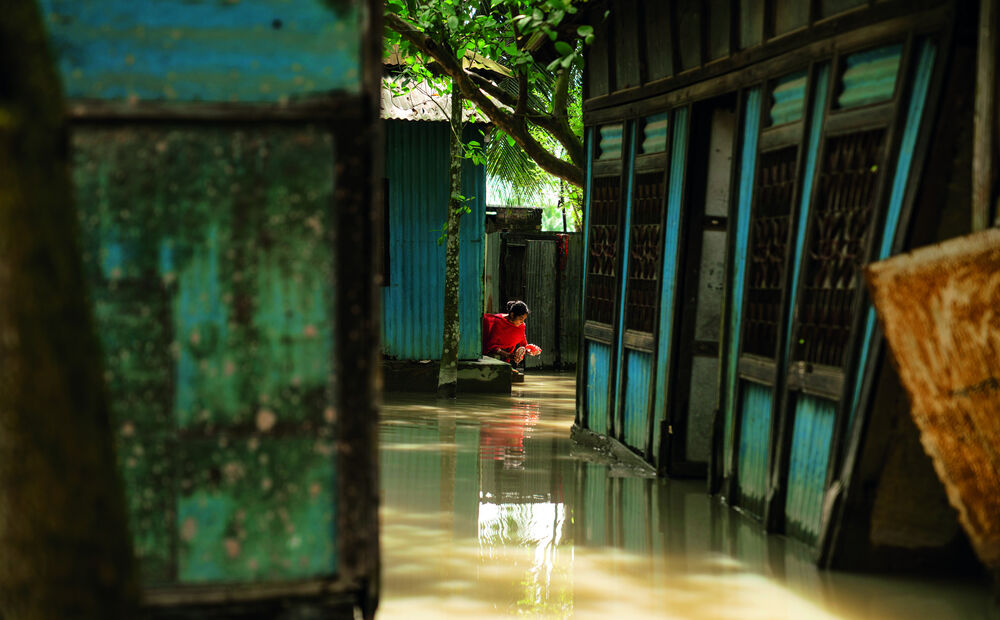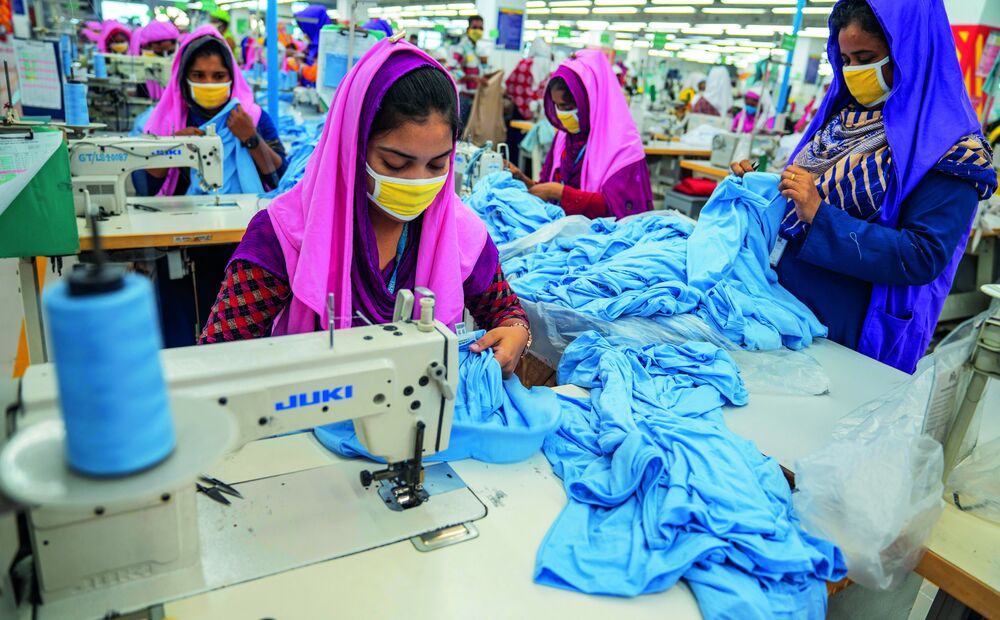Blessing and curse
Select your language
This website usesfunctional cookies and external scripts to improve your user experience.
More information
Water | Climate change

A river like a sea. Bangladesh is a place we associate with the element water.
It’s where great rivers such as the Ganges and 230 tributaries flow directly or indirectly into the Bay of Bengal, making it the largest active delta estuary on earth. Whereas the cool season brings drought, the rainy season causes rivers to swell, burst their banks and look like seas. Currently it’s feared that the rhythm of the tides is changing, that the monsoon cycle could alter due to climate change, and extreme rainfall alternate with storms, bringing more floods before the water can drain away.
Bangladesh is already plagued by regular floods, during which a third of Bangladesh stands underwater. Because such large areas of farmland are ruined, and whole villages disappear, millions of people have both their homes and their livelihoods destroyed. The forecasts for the future, such as bouts of extreme rainfall and a rise in the coastal sea level of around 1.5 m, are alarming. Catastrophic storms and floods could be occurring three to fifteen times a year by 2100. For comparison: today they happen about once a decade. As a result, the rural population are having to restructure their lives. There is a growing trend of rural-to-urban migration. But Bangladeshis are innovative and adaptable, so many who stay are building their houses on stilts. And some schools are changing to classrooms on boats, so they can keep up their teaching and learning despite floods. Another challenge is increasing salination. Three factors are responsible for this: dam construction in India in 1975 has steadily depleted the flow of fresh water, the sea level is rising, and cyclones are driving salt water inland from the sea. This salt is deposited in the ground, spoiling the rice harvest. Many a farmer who used to grow rice now has to buy it. In places where rice used to be cultivated, there’s a proliferation of shrimp farms, as the salt water provides the right environment for aquaculture. But this raises the question of sustainability, because it means even more salt could penetrate the ground, which would lead to complete salination ...


